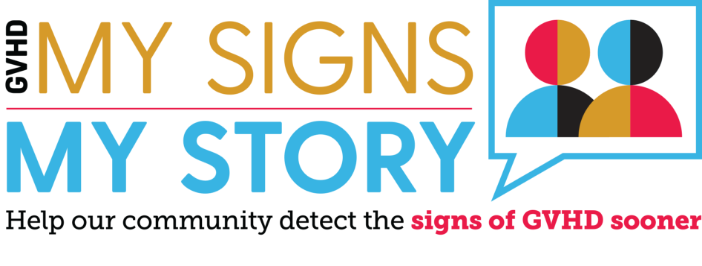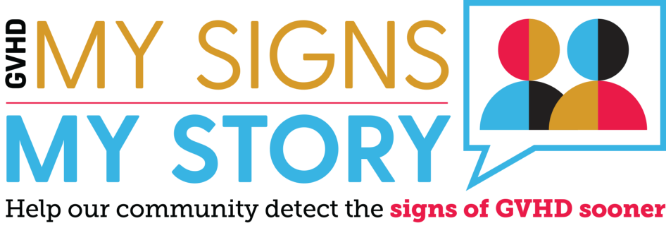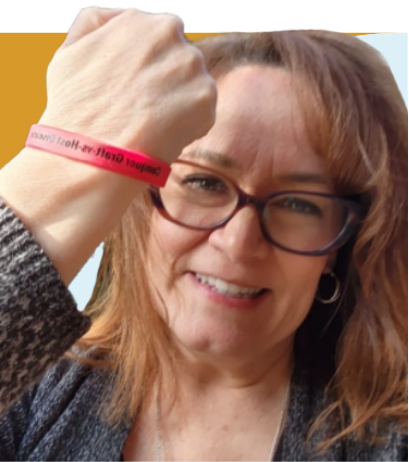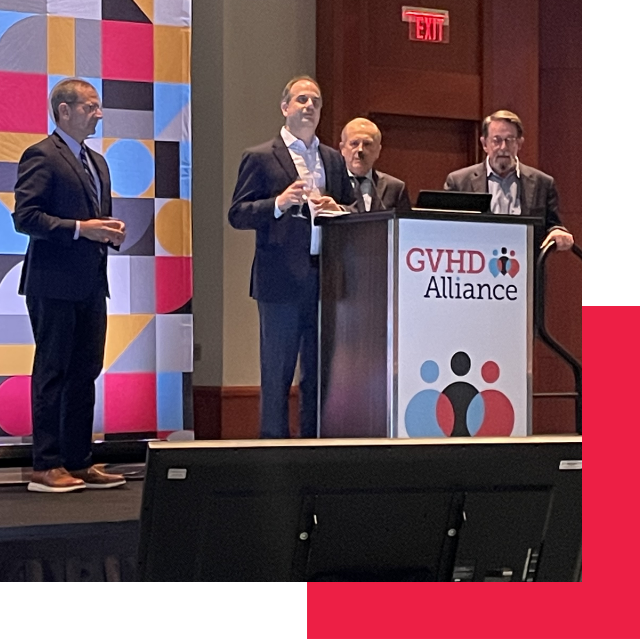DEDICATED TO MAKING A DIFFERENCE
The GVHD Alliance can help you find the resources you need

WE’RE HERE FOR YOU
The GVHD Alliance is dedicated to improving the lives of those affected by Graft-versus-host disease (GVHD), a condition that can happen after a bone marrow/stem cell transplant. GVHD occurs when donor cells attack a person’s organs and/or tissues. Learn more here.
We are committed to providing GVHD resources to diverse communities. No matter where you are in your journey, we can help.
WHAT BRINGS YOU HERE TODAY?
SUPPORT FOR YOUR GVHD JOURNEY
Weekly monitoring of your GVHD symptoms and timely updates for your doctor are important. We can help you learn about GVHD signs and symptoms and better communicate with your health care team.


MY SIGNS. MY STORY.
Be a voice in our community, help others find relief, and hear from people impacted by GVHD.
Share Your StoryGET INVOLVED AND HEAR FROM OTHERS
GVHD ALLIANCE CALENDAR: JOIN US AT THE FOLLOWING EVENTS
FEB
17
ANNUAL GVHD DAY
Monday, Feb 17, 2025
Location: Virtual
We hope you’ll join us in raising awareness about GVHD. You can get involved wherever you are!












